60 Years of Jaguar Mk II
Between 1955 and 1959 Jaguar produced a sedan for the upper middle class, which was sold under the simple designations ‘Jaguar 2.4 Litre’ and ‘Jaguar 3.4 Litre’. In today’s literature, this model is often mistakenly found under the name ‘Mark 1’ or ‘Mk I’, which was never used by the factory. This is due to the direct follow-up model, which was actually nothing more than a big facelift. From 1959 the Jaguar Mark 2 (or Mark II or Mk II) rolled to the dealers. Compared to its predecessor, it had larger windows, a wider track, disc brakes all around as standard equipment and a new top-of-the-line engine in addition to the two well-known versions mentioned above. All three were inline six-cylinder engines. In the 2.4 Litre it delivered about 120 hp, in the 3.4 Litre about 210 hp and the new top version 3.8 Litre came to about 220 hp, each transferred to the rear wheels. In conjunction with the standard four-speed manual transmission, the latter version reached topspeeds of up to 200 kph (124 mph), making the Mk II the fastest production sedan in the world until 1964. For an extra charge, Jaguar equipped the manual gearbox with an overdrive or installed a three-speed automatic from Borg-Warner.
A model update in autumn 1967 led to the new model designations ‘Jaguar 240’ and ‘Jaguar 340’, whereby at the special request of some customers a few units with the large engine were produced as ‘Jaguar 340 3.8’. The 240 now had about 133 hp due to a newly developed cylinder head. Optically those later models differ by narrower bumpers from the original Mk II. In addition, the lesser known Daimler 250 V8 (from 1967 Daimler V8-250) with its own radiator grille, more luxurious interior design and the V8 engine from the two-seater roadster Daimler SP 250 had been available since 1960. When production of the Mk II ended in 1969, 25,173 units of the 2.4 Litre, 28,663 units of the 3.4 Litre and 30,140 units of the 3.8 Litre as well as 4,446 Jaguar 240, 2,788 Jaguar 340 and only 12 Jaguar 340 3.8 had left the assembly line. In addition there were 17,884 Daimler 250 V8 and V8-250 in total. Various Jaguar Mk II models could demonstrate their sporty driving dynamics at rallies and circuit races in Europe and the USA. Even today, some of these vehicles can still be found in the fields of classic touring car racing.
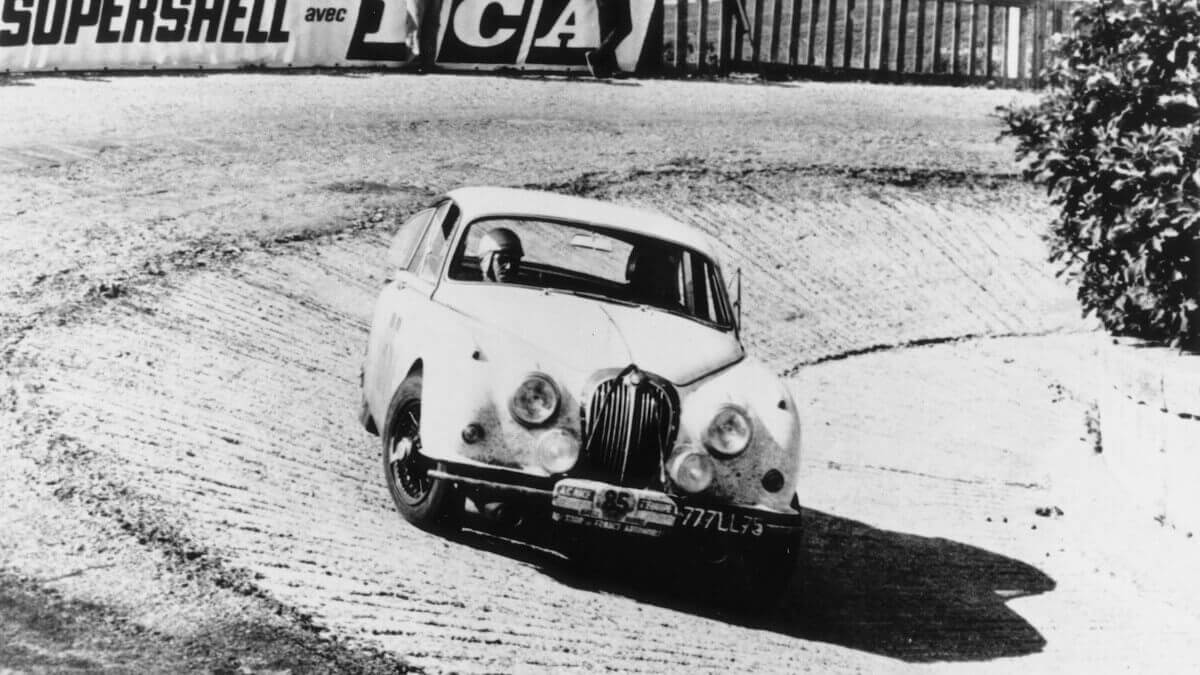



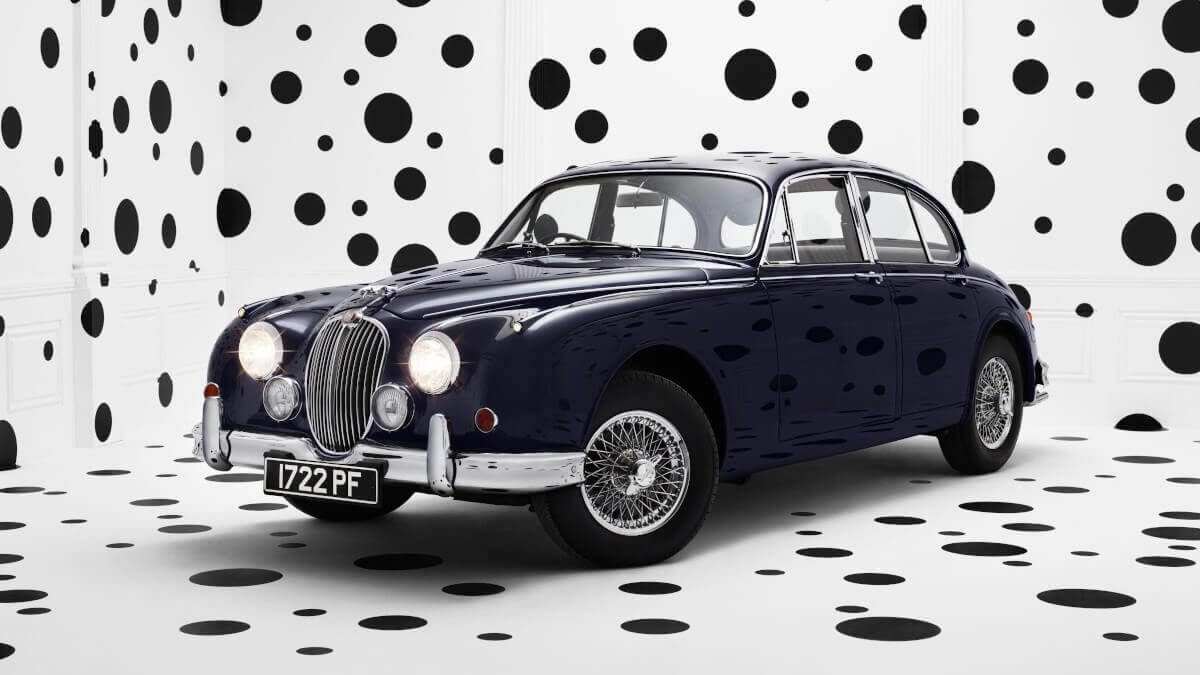



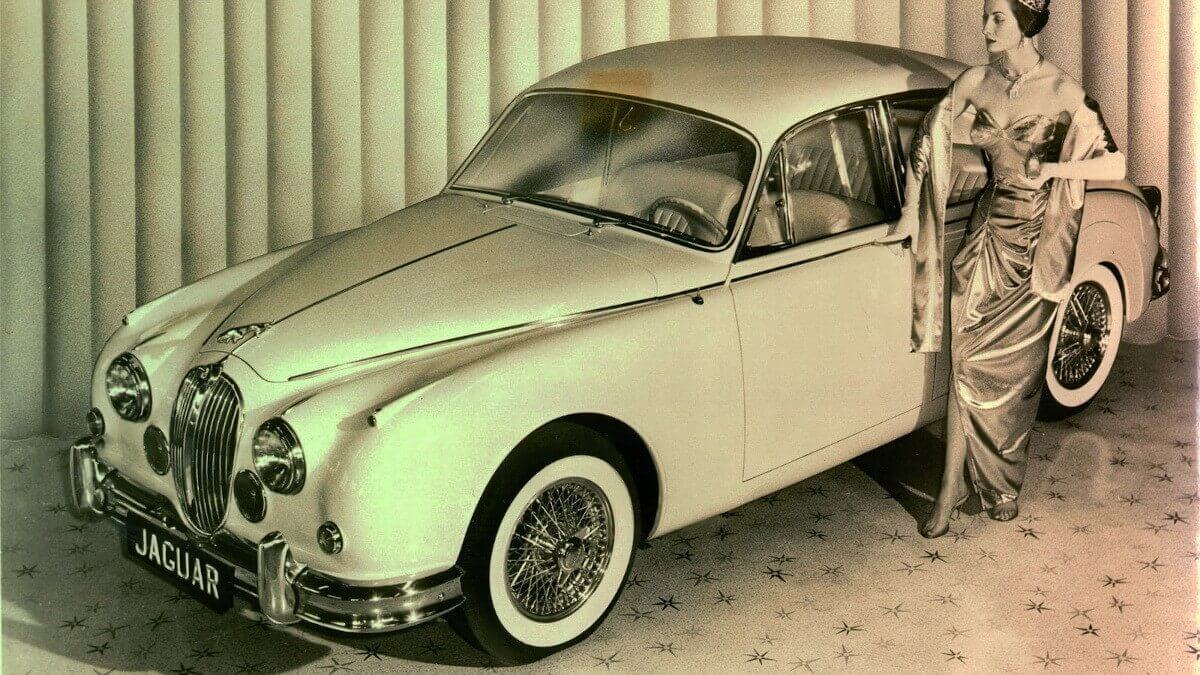



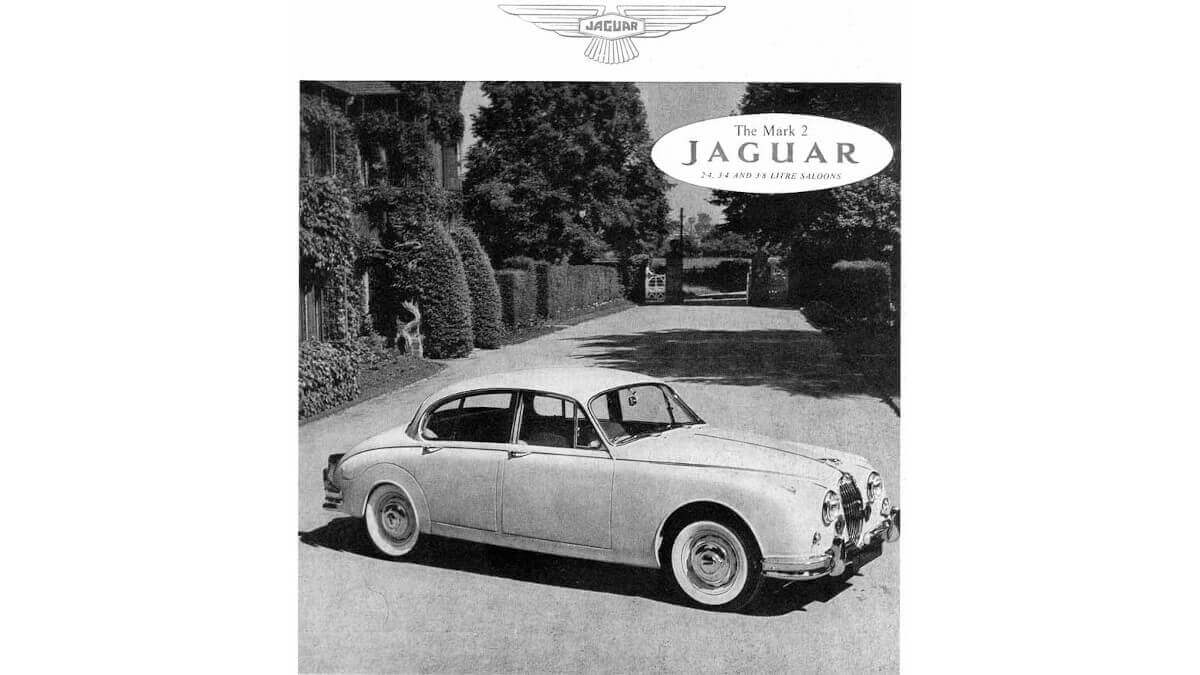



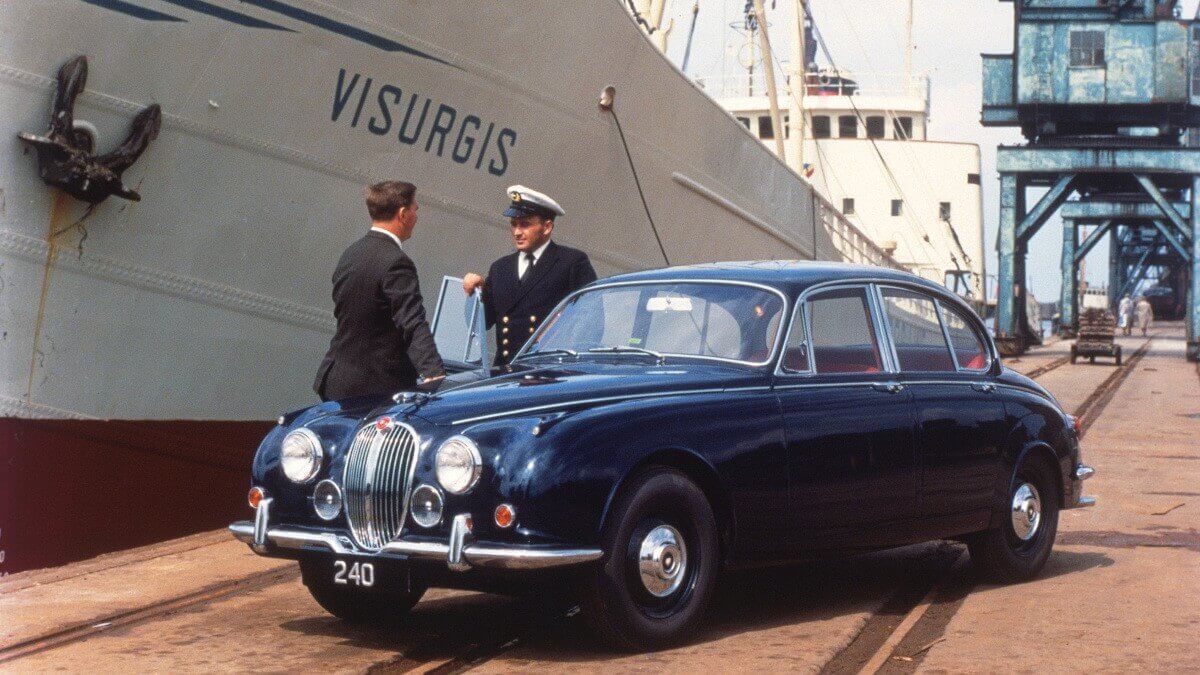



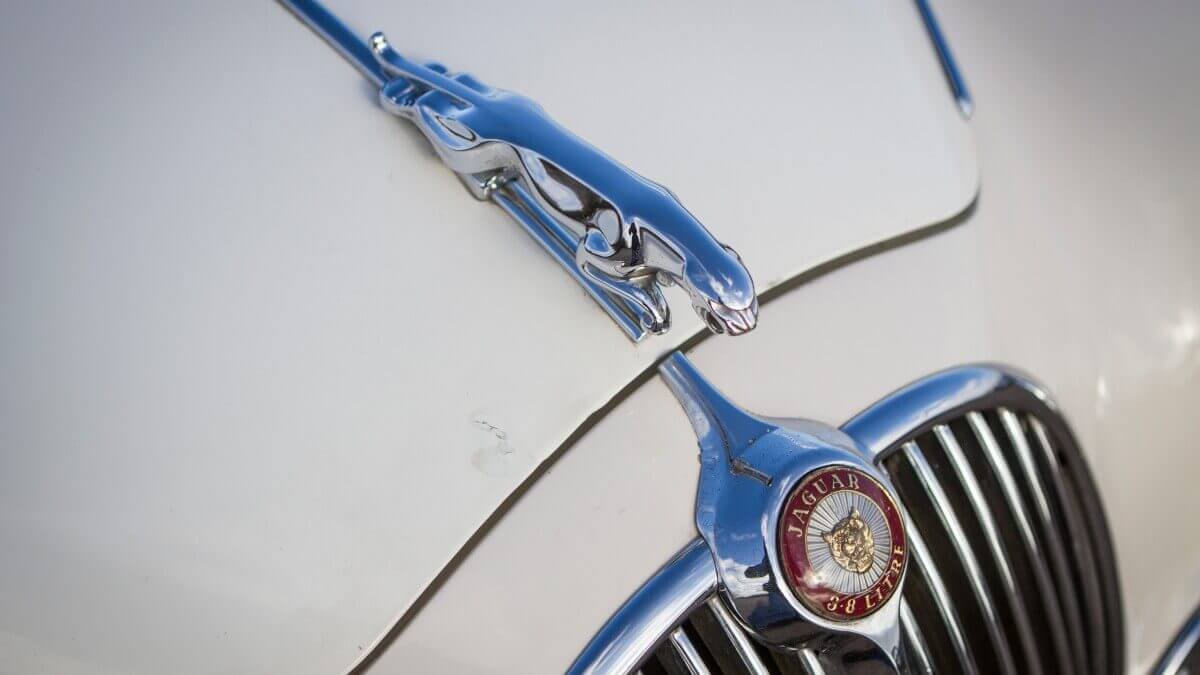



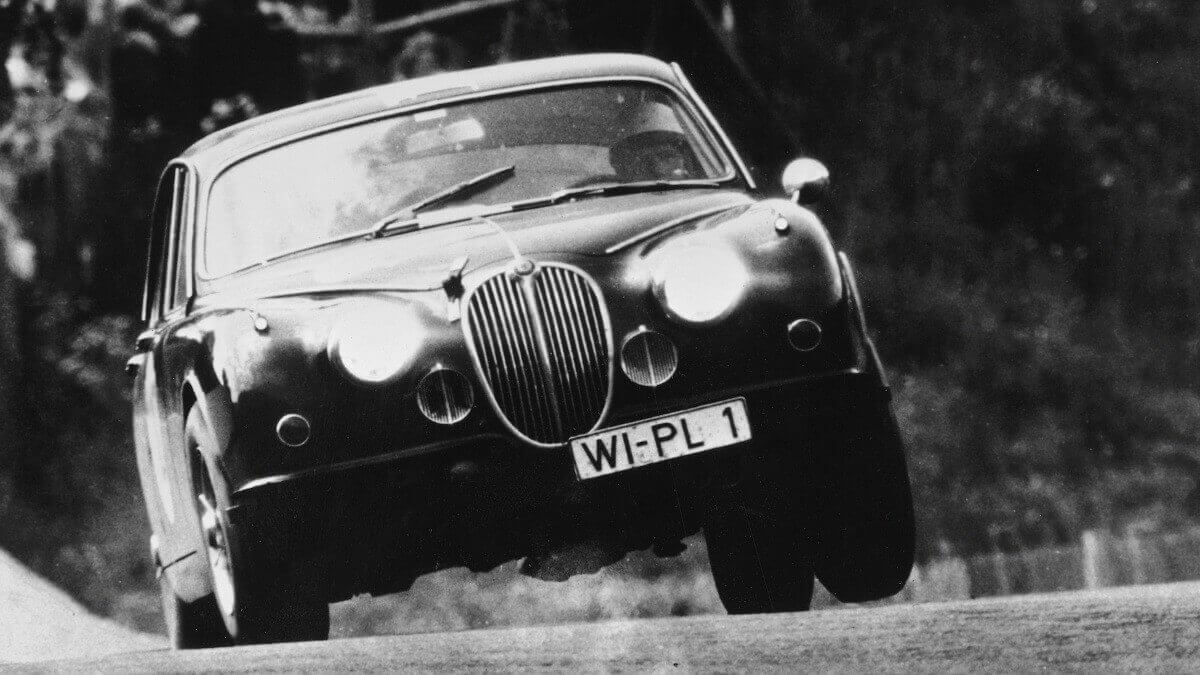



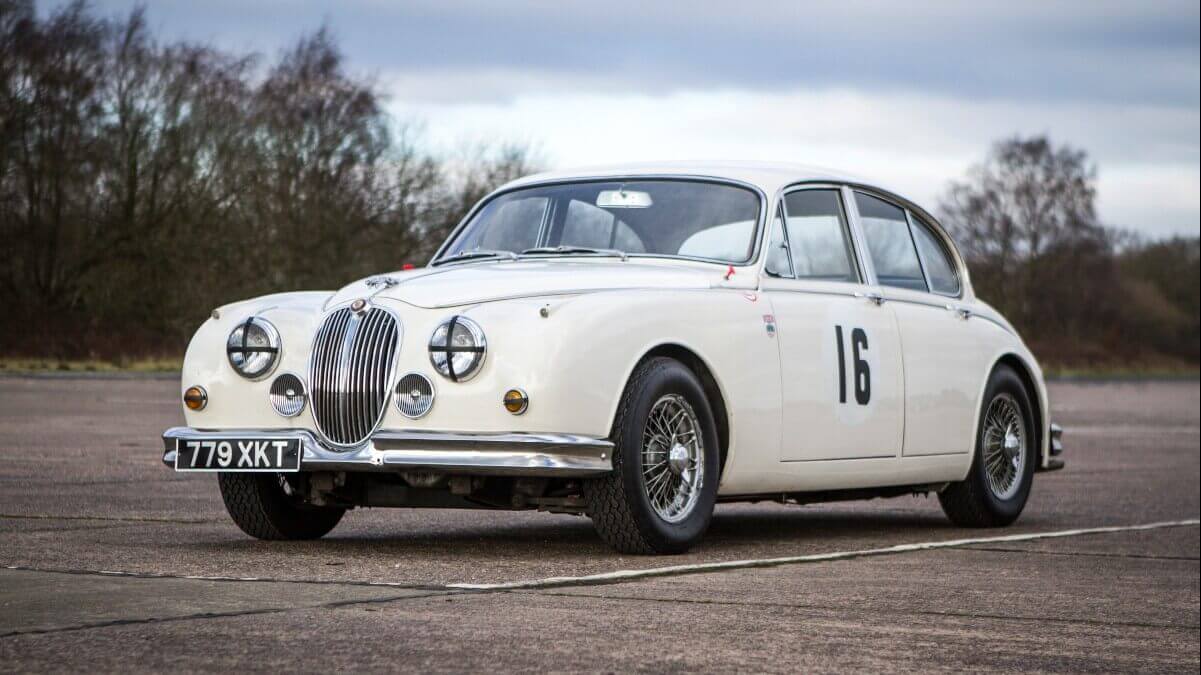



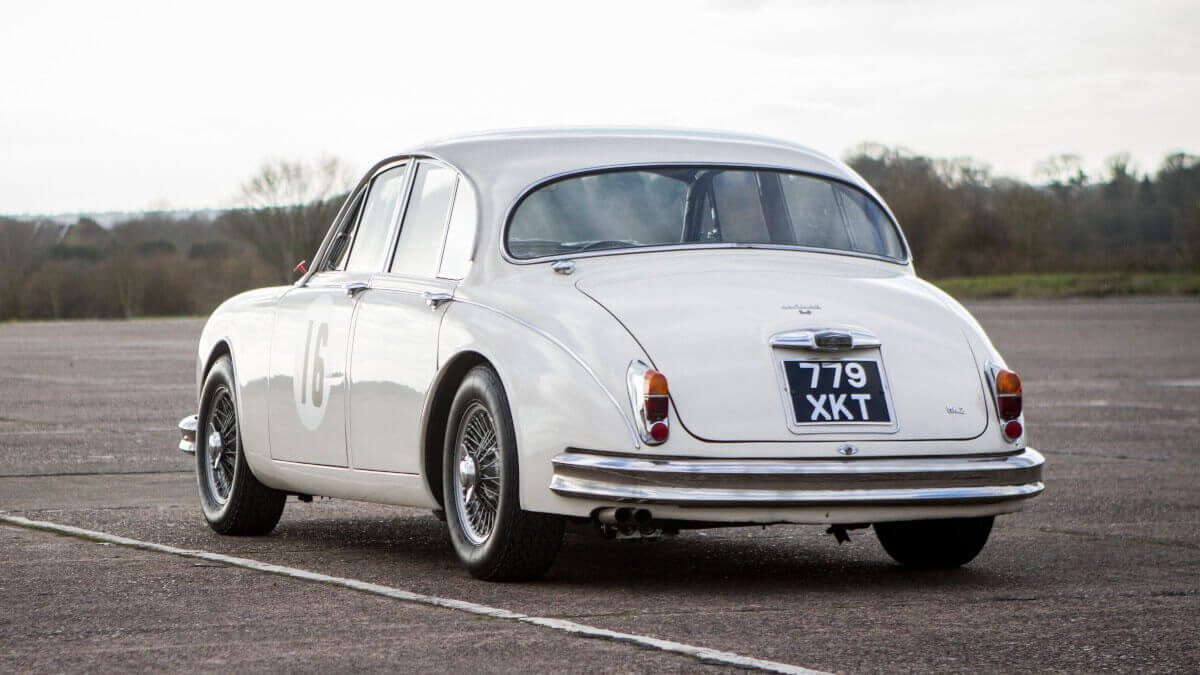



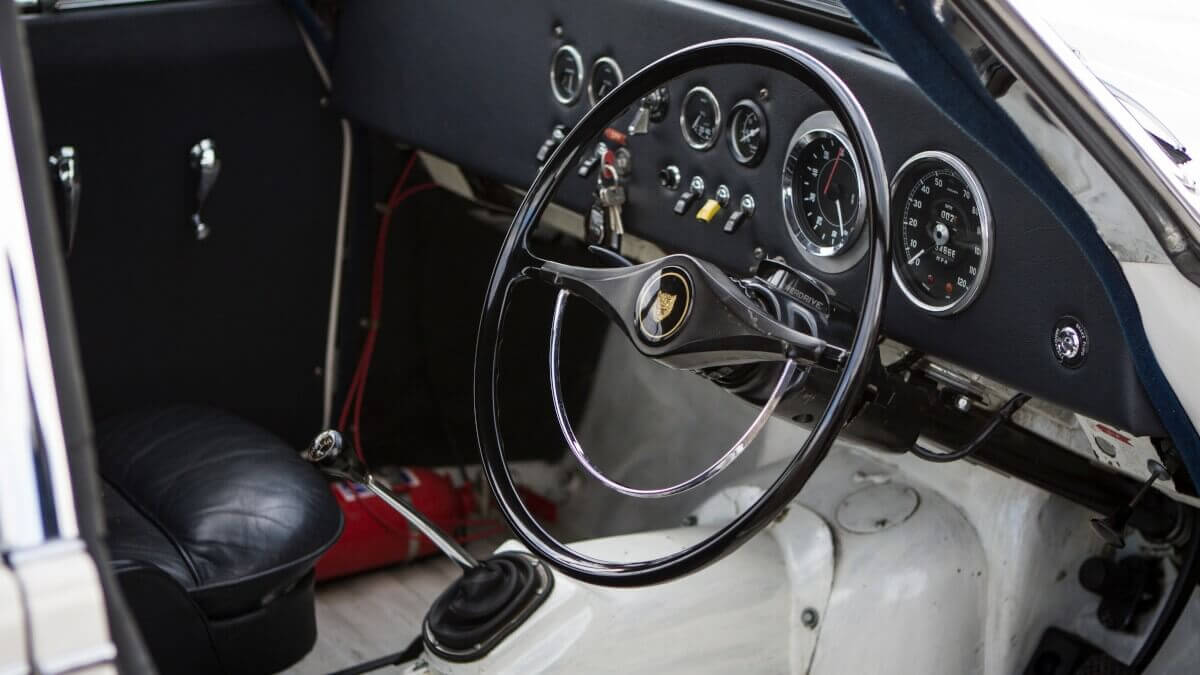



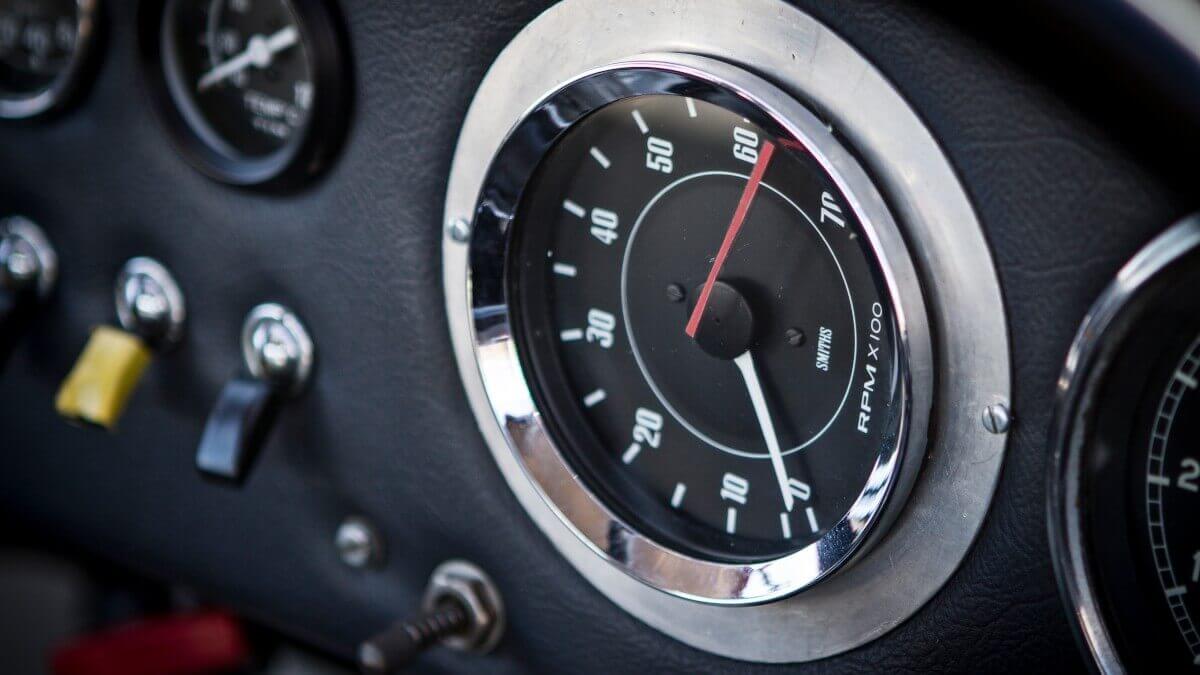



Amazingly Jaguar renounced a direct successor for the Mk II at that time. Instead, they concentrated to the luxury class with the newly developed XJ and for many decades didn’t build another sedan model in parallel. It wasn’t until 1999 that a new vehicle for the upper middle class appeared in the form of the S-Type in retro design. Optically, it was based on both the classic S-Type and the Mk II. However, this design route wasn’t continued with the XF, which inherited the S-Type and is now already being sold on its second model generation. The original couldn’t be reached anyway. This is so popular especially in Japan that there the local carmaker Mitsuoka was able to build its business model on the conversion of common small and mid-range models with the front look of the Mk II. Well-preserved Jaguar Mk II now fetch prices between 20,000 and 60,000 € (depending on model and history).
Images: Jaguar




